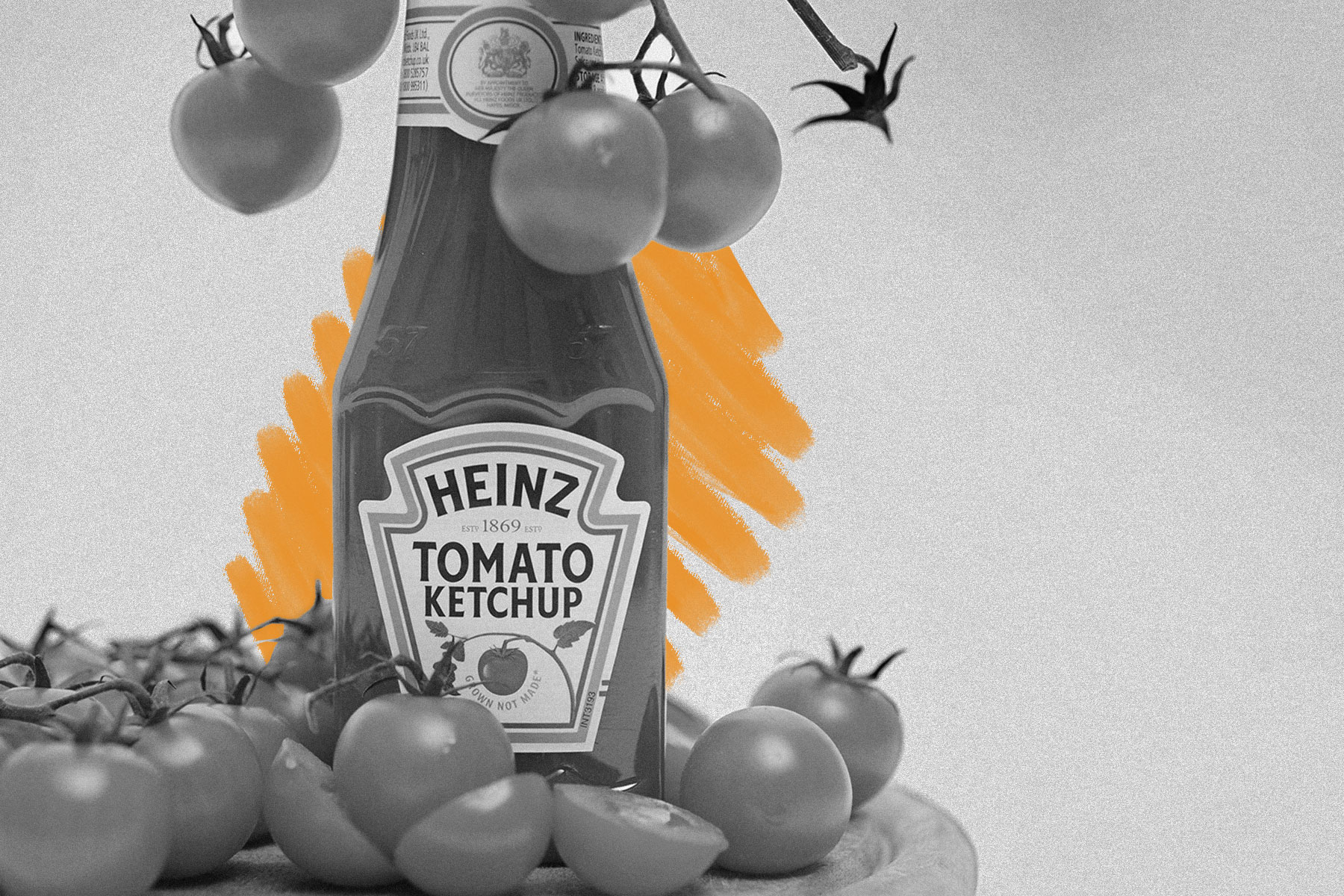Tomato pills were once sold as medicine.
Long before tomatoes were eaten in salads and sliced on sandwiches, they were advertised as medicine. In the early 1800s, many Americans found tomatoes unappetizing, and some even believed they were poisonous. That perception began to change in 1834, after Ohio physician John Cook Bennett advertised tomatoes as a medical panacea. Bennett propagated the idea that tomatoes could cure indigestion, jaundice, and other ailments, even though his claims proved untrue. He also debuted tomatoes in a new pill form, solidifying the fruit’s dubious reputation as a medicinal tonic. The tomato health fad faded in the 1850s, but the versatile fruit saw a resurgence as a culinary treat soon after, thanks in part to the introduction of a new tomato-based condiment: ketchup.
The first recipe for tomato-based ketchup was published by Philadelphia scientist James Mease in 1812, but the condiment didn’t really take off until the F. & J. Heinz Company released its ketchup in 1876. While previous ketchups decomposed too quickly, Heinz used vinegar in the preservation process, which made the condiment more shelf stable. Heinz ketchup was sold in the now-iconic clear glass bottles, chosen to showcase the product’s purity. Starting in 1896, Heinz (by then rebranded as the H.J. Heinz Company) began featuring the number “57” on its packaging, though it had nothing to do with the number of varieties sold. Founder Henry John Heinz chose “57” for the branding because it combined his lucky number, five, with his wife’s favorite number, seven.







